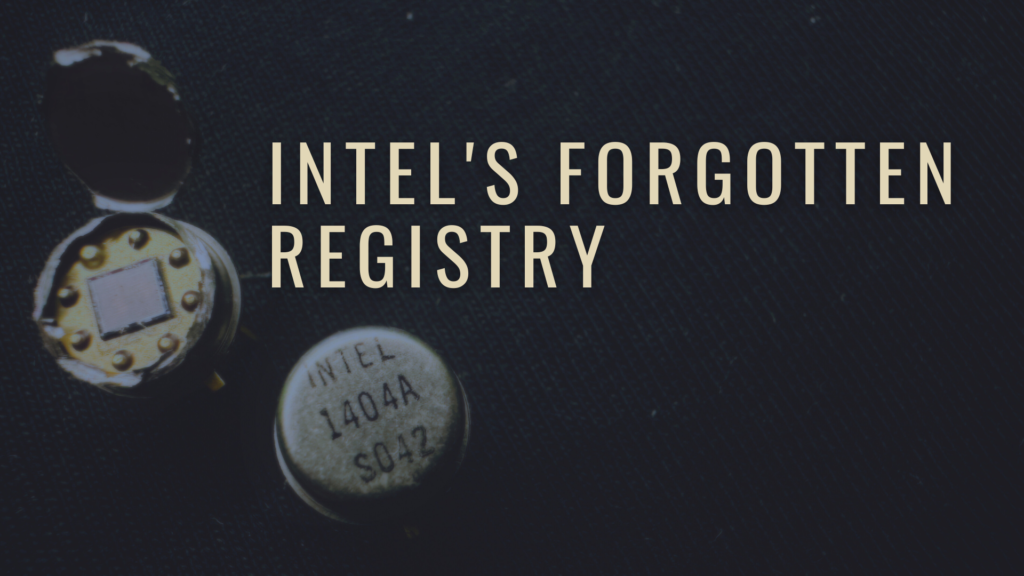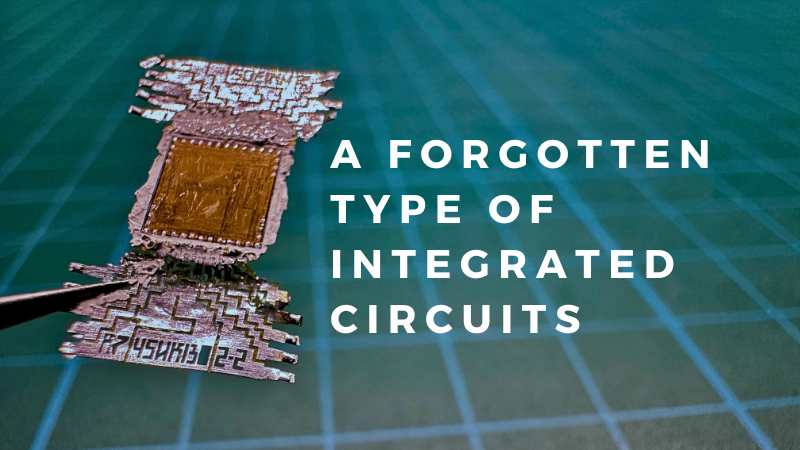What was the name of the first personal computer? The answer to this question depends on the answerer. According to the Computer History Museum located in Silicon Valley, it was the Kenbak-1.
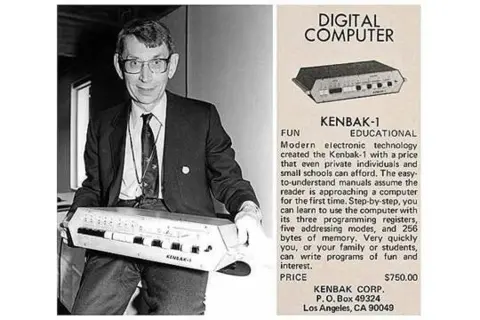
The device was developed by John Blankenbaker in 1970, and the first units were sold a year later. Unlike modern designs, the computer lacked any processor and was based entirely on logic elements. The price of the equipment was $750, but by the fact that it was a market novelty, sales volumes were not very high. Only 44 machines were sold out of the 50 or 54 produced, on this issue sources are not clear.
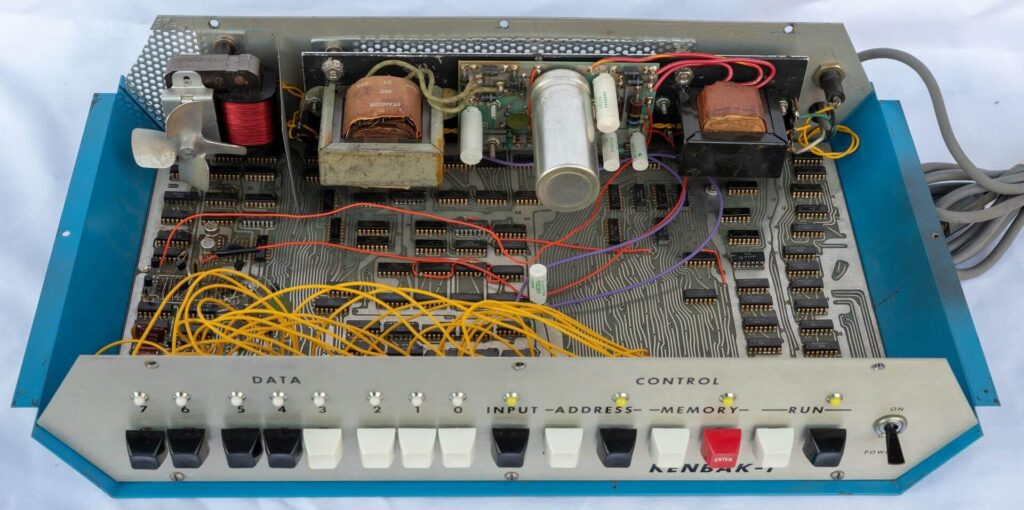
It may seem that the Kenbak-1 was developed a bit too early, after all, as early as 1975 the Altari 8800 was presented to the world and sold more than 25,000 copies. However, this is not entirely true. The device designed by Blankenbaker was fraught with many flaws already at the concept stage.
The computer had a limited instruction set resulting from a design based on logic integrated circuits. RCA Engineer Magazine described it as incompatible with digital system design principles. The hardware was devoid of any expansion slot or output to which external devices could be plugged. The only way to read data was through light bulbs on the front panel. In addition, the Kenbak-1 was not advertised, and its target market was only school labs.
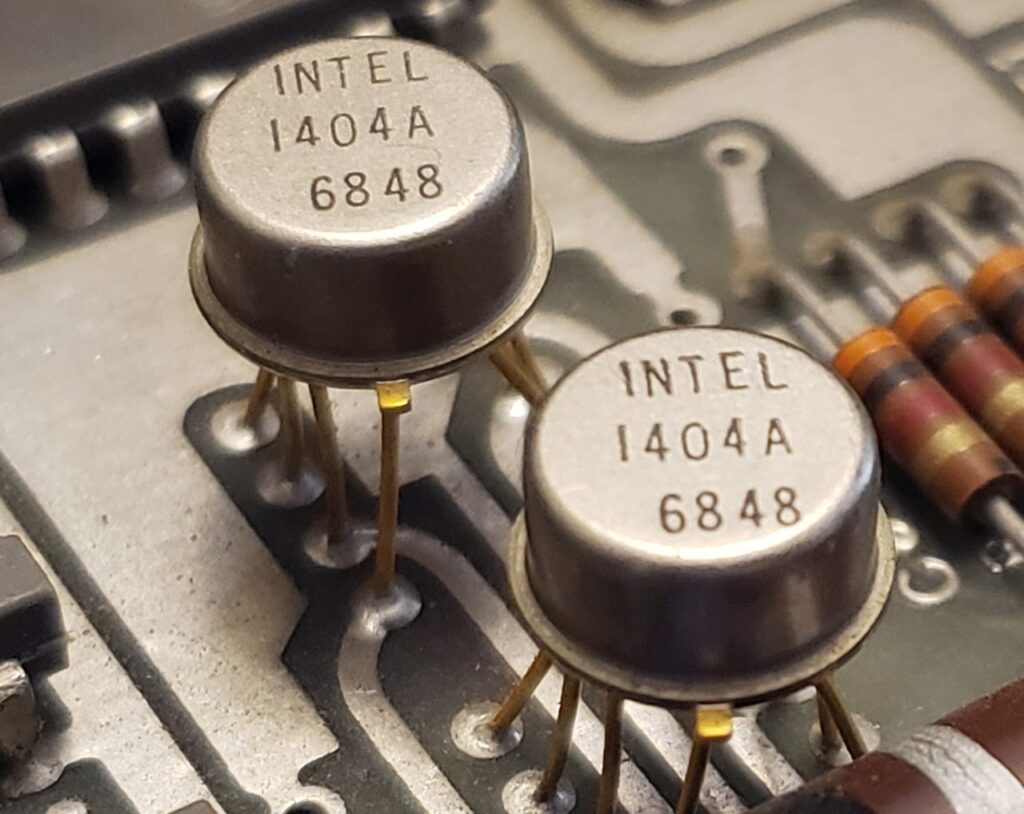
Although today the Kenbak-1 design is somewhat forgotten, I have recalled it for a reason. This computer used a rather interesting solution, in which the role of memory was played by two Intel shift registers. Each of them stored 1024 bits, which resulted in a total of 256 bytes of capacity.
The chips used in the computer were 1404A chips, today no longer manufactured and quite difficult to find, but it so happens that some time ago I received two copies from Mr. Mark, which was the inspiration for writing this article.
What is the Intel 1404A?
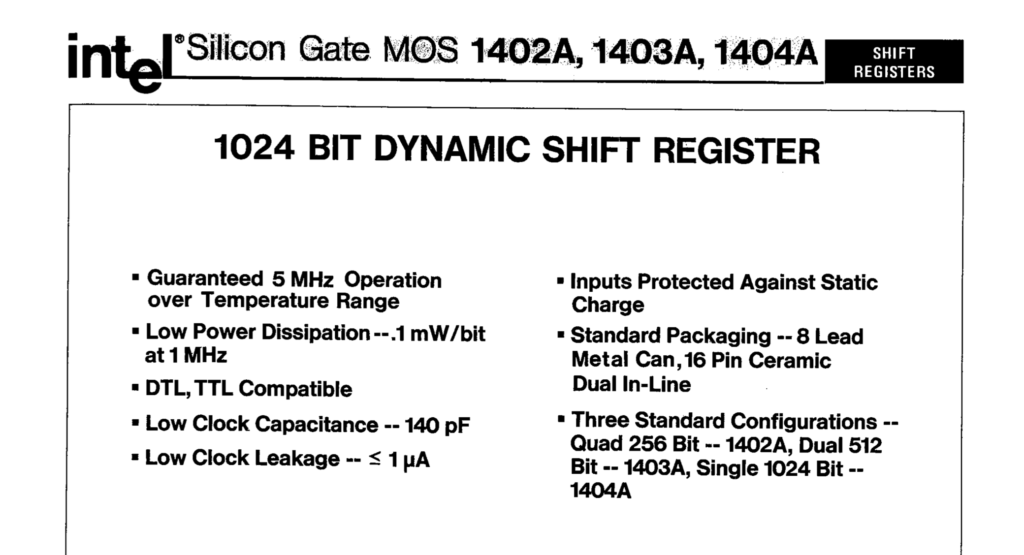
As I mentioned, the chips, designated 1404A, are shift registers with quite a large capacity of 1024 bits. The component was able to operate at a frequency of up to 5MHz at a supply voltage of -5V/5V. Interestingly enough, this is an old enough design that the documentation mentions compatibility with DTL (Diode-Transistor Logic) technology.
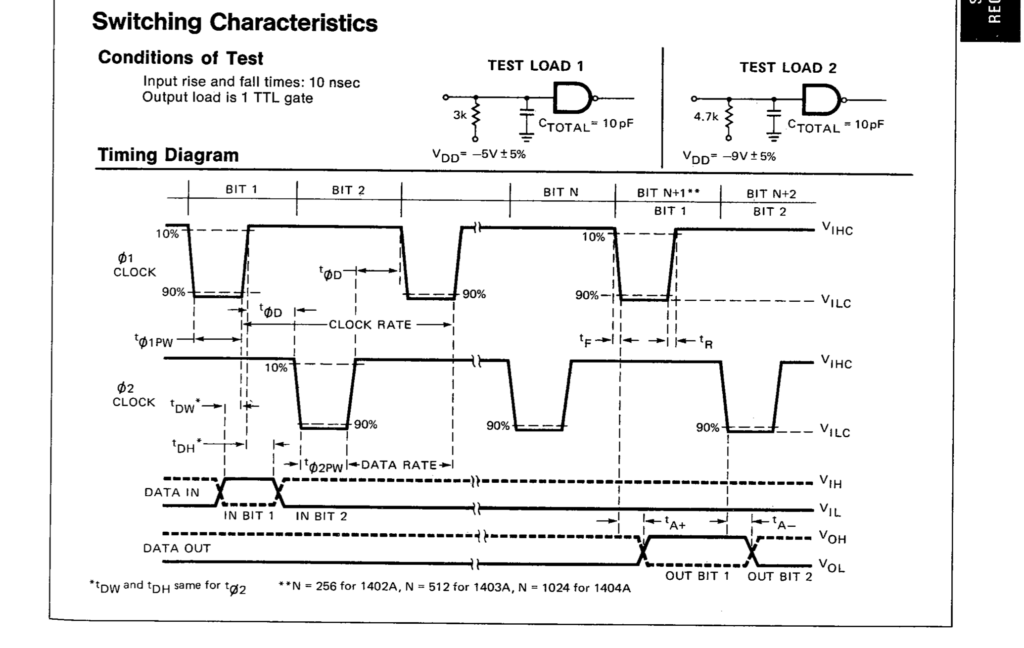
The chip is enclosed in a metal box, standard for the time, with eight leads, two of which are unused. The others act as power supply, data input and output, and clock signals. These are quite interesting, because not only are there two of them, but they also require a specific type of waveforms, in which a synchronous zero pulse appearing alternately once on one or the other of the inputs is significant. This is illustrated quite well by the piece of documentation posted above.
Running the registry
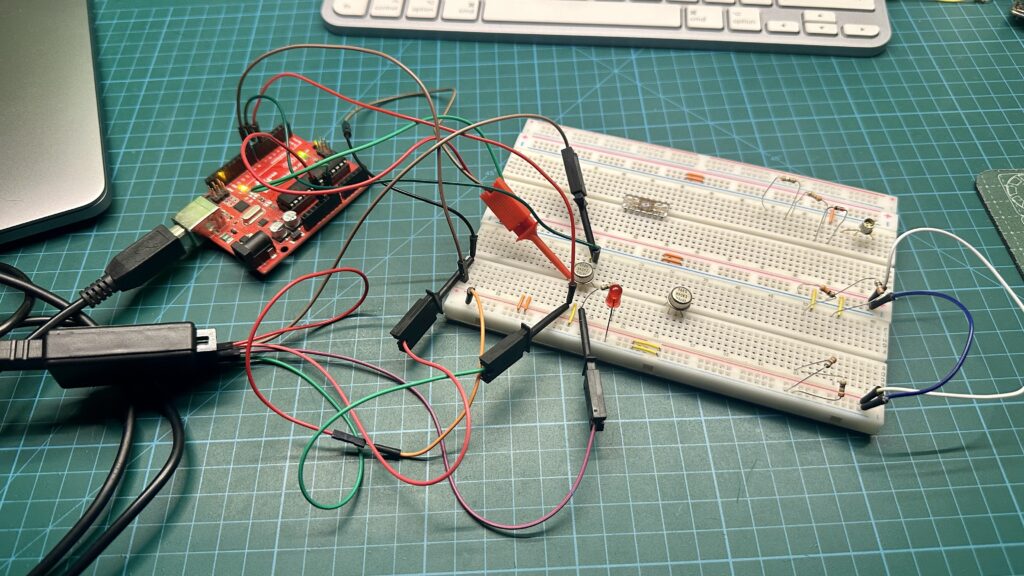
Having at my disposal this, rather age-old design, I decided to put it to work. The test circuit was quite simple, here I used an Arduino acting as a power supply, which was not fully compatible with the book power supply -5V/5V, but the circuit worked. Besides, the board also provided clock signals and randomly generated states fed to the register inputs. I additionally connected a red LED to the output of the remembering element. Besides, a logic state analyzer was connected to the circuit.
In the video you can see the waveforms from the logic state analyzer. Channel 0 and Channel 1 are clock signals, Channel 2 data input, Channel 3 register output. After startup, nothing happens for the first few seconds, and this was a deliberate delay added in the program run by the Arduino. After that, the module starts generating a clock signal and changing the state on the register input randomly. After about 30 seconds, the output begins to show data exactly the same as given moments after startup. This means that the clock signal has already changed more than 1024 times.
What does the interior hide?
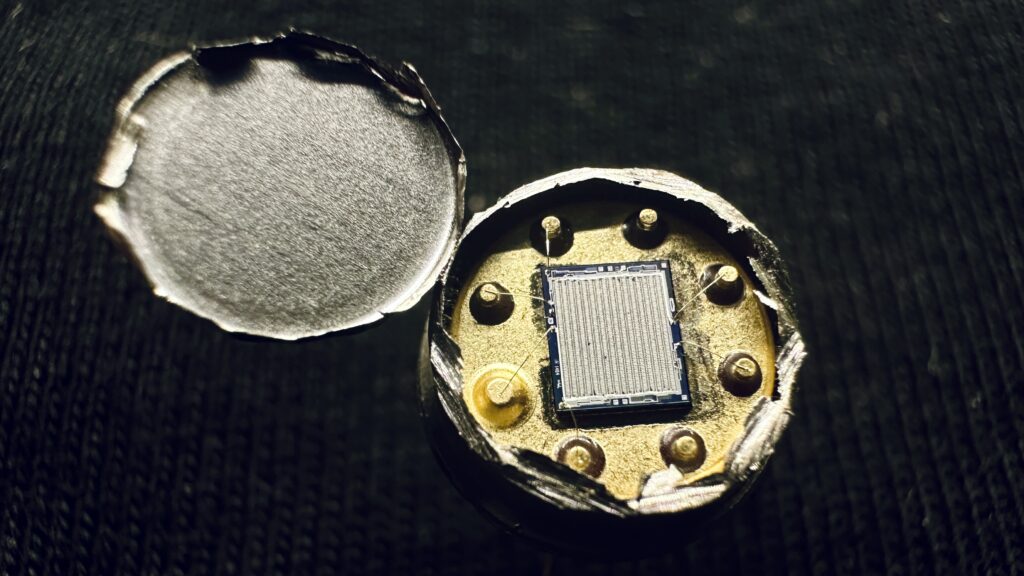
I wouldn’t be myself if I didn’t take a look inside this register. Upon opening it, to our eyes we see a rather sizable core placed on a metal substrate with connected miniature wires connecting it to the chassis leads.
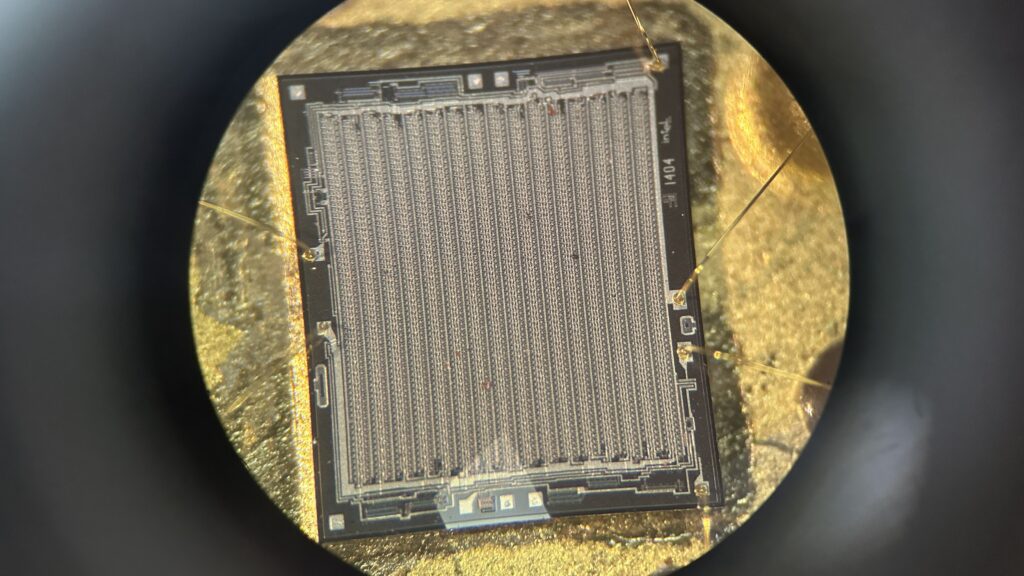
A significant part of the core is occupied by the register module, or more precisely, the memory cells where the register stores the input data. The rest of the logic is placed at the edges of the silicon structure.
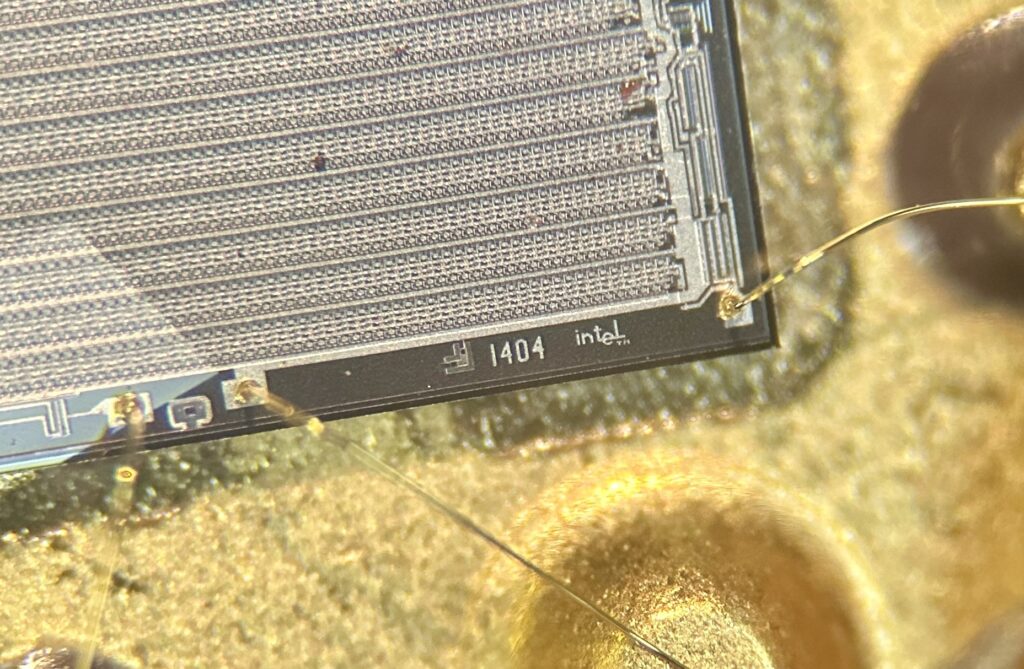
Interestingly, we can also find Intel’s then-current logo on the core along with the 1404 chip designation.
Sources:
- https://www.bbc.com/news/business-34639183https://www.kenbak.com
- https://www.thefirstpc.com
- https://www.kenbak.com/design
- https://www.cryptomuseum.com/crypto/gretag/101/files/1404A.pdf
